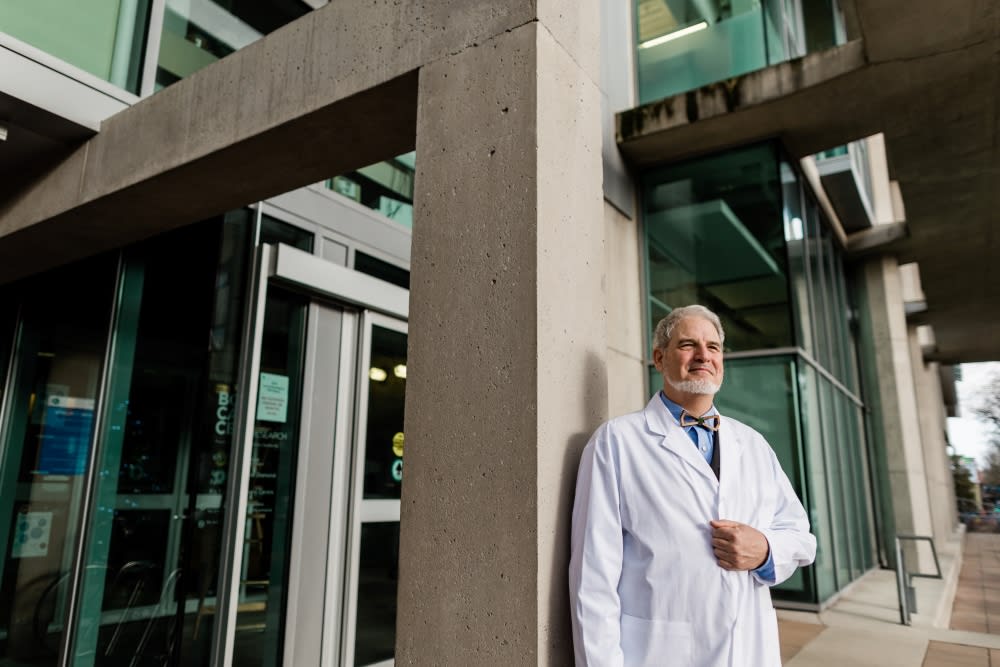Shining a spotlight on medical physics
June 29, 2016
Found in BC Cancer - Kelowna, Brachytherapy, Innovation, Medical Physics
Wow, time flies! This is my final post. I have tried over the past few weeks to provide some insight into what it means to be a medical physicist–the unique value we bring to the health care system, and to show you an example of the type of work we do to improve cancer care.
I have highlighted the value of investing in our future: bright young graduate students and residents. In this light, I want to share with you that we are very excited here in Kelowna, as we have just had our new BC Cancer Agency/UBC Okanagan medical physics graduate program approved. It has been a tremendous amount of work to get this program set up, but we are now ready to intake our first students this fall—students who like Dan Morton will be dedicated to creating the future of cancer care.
Learn more about the new medical physics graduate program.
Medical physics is largely a hidden profession (literally…at times we work in the dark, after hours, calibrating radiation machines!), so I wanted to shine some light on us “mysterious medical physicists”. But now it is time to bring it back to the team. Cancer care is a team endeavor.
One of the true joys of being a clinical medical physicist is working with an incredible variety of professionals with complimentary skill sets to build something amazing together. I work daily with nurses, a tool and dye maker, radiation oncologists, electronics technologists, physics associates and radiation therapists. Seeing how it takes all these people working together to provide optimum care to patients is a true pleasure.
The permanent breast seed implant treatment that I discussed in an earlier post is a perfect example of such teamwork. In fact, I am immensely proud to announce that yesterday the Permanent Breast Seed Implants Project team at BC Cancer – Southern Interior won an Award of Merit in Collaborative Health Care Solutions at the BC Health Care Awards! This is a huge achievement and the whole team is deserving. Congratulations all!
As I look to the future, I am immensely positive about cancer care. We are heading towards increased personalization of radiation therapy—permanent breast seed implants are one such example. I hope that through continued strong collaborative care and innovation engaging bright young minds that we can enable novel treatment options to be widely available for all patients.
Thank you for your continued support!
With gratitude,
Michelle


